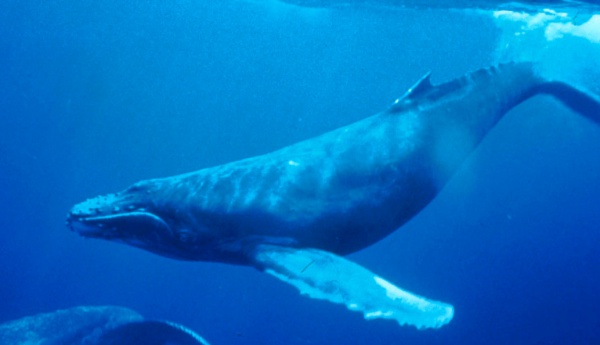Facts About Humpback whale
The humpback whale is one of the most captivating creatures of the sea, easily recognized by its unique body shape, impressive breaching behavior, and intricate songs sung by males. These magnificent whales can grow up to 16 meters (about 52 feet) in length and weigh around 30 metric tons (about 66,000 pounds). Their varied diet includes krill and small fish, and they are found in oceans all over the world, migrating vast distances each year between their feeding and breeding grounds.
In the past, humpback whales were heavily hunted by the whaling industry, which caused a dramatic decline in their population. Thankfully, conservation efforts, including a ban on commercial whaling in 1966, have helped their numbers recover somewhat. Today, it is estimated that there are around 80,000 humpbacks globally. However, they still face threats like entanglement in fishing gear, collisions with ships, and noise pollution.
Humpbacks belong to the rorqual family and are the only species in their genus. They share a close relationship with other rorquals like the fin whale. Some of their distinguishing features include long pectoral fins, bumps called tubercles on their heads, and large, fluked tails. They are famous for their bubble net feeding technique and a wide range of behaviors.
These whales can live anywhere from 45 to 100 years and exhibit complex social behaviors, including courtship rituals and various reproductive strategies. Whale watching has become a popular activity around the globe, giving people the chance to observe these majestic animals in their natural environment. Some individual humpbacks, like Migaloo and Humphrey, have become quite famous for their unique traits or behaviors.
Conservation efforts to protect humpback whales are ongoing, with organizations like NOAA working hard to reduce threats and promote responsible whale-watching practices. While the IUCN has reclassified the species from Vulnerable to Least Concern, some subpopulations remain endangered. Efforts are continually being made to monitor and protect humpback populations, particularly in regions like the North Pacific and Atlantic.

 Mexico
Mexico